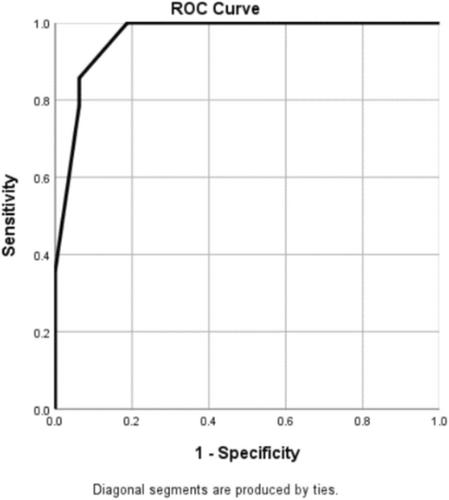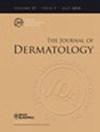Dermoscopic Features and Their Association With Breslow Thickness of Facial Lentigo Maligna in Koreans: A Multi-Center Retrospective Study
Abstract
Background
Owing to the rarity of lentigo maligna (LM) and lentigo maligna melanoma (LMM) in East Asians, their dermoscopic features are underreported. The prognosis and management of LM and LMM depend on the Breslow thickness (BT). However, the association between BT and the dermoscopic features of LMM is largely unknown.
Objectives
To report the dermoscopic features of LM/LMM in Koreans and analyze the association between BT and dermoscopic findings of LMM.
Methods
This retrospective study included 46 patients with facial LM/LMM (32 patients had ≤ 1 mm BT and 14 had > 1 mm) collected from three tertiary hospitals in Korea. The frequency of each dermoscopic feature of LM/LMM was assessed according to the BT. Logistic regression analysis was performed to investigate the association between certain dermoscopic patterns and BT in patients with LM/LMM.
Results
Observed dermoscopic patterns in Korean patients with LM/LMM included asymmetrical pigmented follicular openings (100%), asymmetry of the overall shape (97.8%), annular–granular pattern (95.7%), dark rhomboids (95.7%), blotches (78.3%), polychromy (45.7%), blue–white veil (41.3%), thin brown network (36.4%), regression structures (19.6%), and fingerprint pattern (8.7%). Milky-red areas (32.6%), red rhomboids (26.1%), linear vessels (21.7%), arborizing vessels (8.7%), dotted vessels (2.2%), and hairpin vessels (2.2%) were also observed. Multivariable logistic regression revealed that a blue–white veil (odds ratio [OR], 42.895; 95% confidence interval [CI], 1.878–979.565), red rhomboids (OR, 13.666; 95% CI, 1.070–174.552), and linear vessels (OR, 18.823; 95% CI, 1.357–261.107) were significantly associated with LMM with a BT of > 1 mm. The predictive model (range: 0–7) had a reliable diagnostic value (area under the curve = 0.964).
Conclusions
This study provides an in-depth analysis of the dermoscopic features of LM/LMM in East Asian patients. Preoperative dermoscopy, which provides BT information, may help determine the appropriate management of LMM.


 求助内容:
求助内容: 应助结果提醒方式:
应助结果提醒方式:


